What are the different industrial drying technologies?
From the traditional to the most innovative, there are several drying solutions for your industrial process. Depending on your needs, the processing time, the product final quality or the efficiency of the process can vary considerably. Here is an overview of the different drying methods used depending on the applications and products.
A wide range of drying methods
There is a lot of different drying methods. The most common are sun drying, hot air drying, contact drying, infrared drying, freeze-drying, fluidized bed drying, and dielectric drying.
Depending on the nature of the products to be treated, either foodstuff or industrial material, these methods prove to be more or less adapted.

Hot air drying
Hot air drying is the most common drying method as of today. It is simple and effective for sturdy industrial and food products and an inexpensive solution.
However, this process can completely dehydrate the product surface, leading to cracks or heterogeneous result. It can also be a slow process depending on the product and the permissible drying temperature.
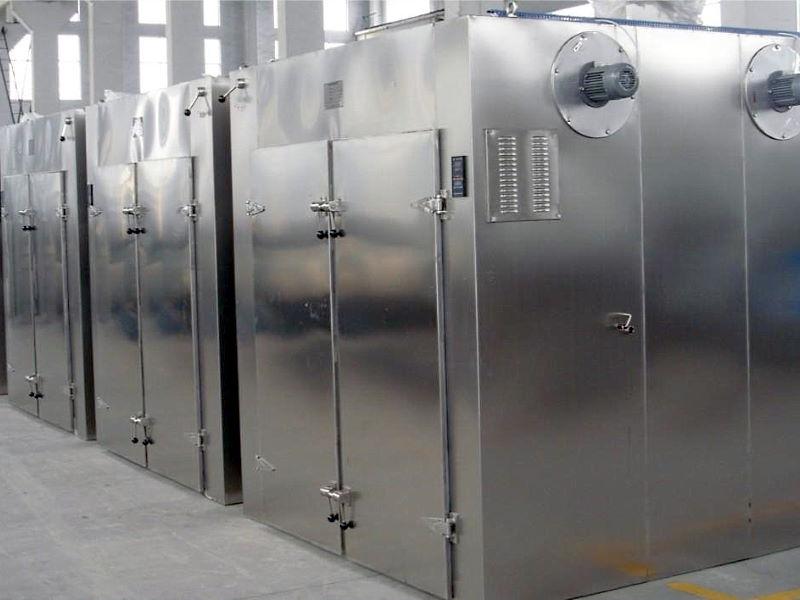
Sun drying
Drying by exposure to the sun is the oldest and most economical solution. It is well adapted for traditional fruits and vegetables drying in remote areas, like apricots and tomatoes, although it doesn’t preserve all the product properties and vitamins.
But this method requires a lot of space and time, and offer few process control.
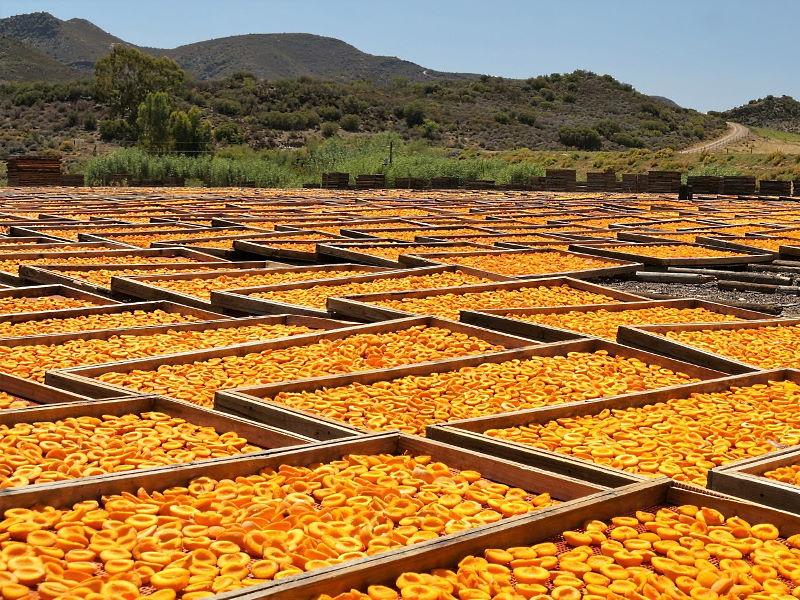
Contact drying
This drying method consists in drying a product by putting it in contact with heated walls. Most of the time the drying happens in rotating drums for a better homogeneity. This technology is mostly used in heavy industry drying processes.
However the direct contact of the product with the hot walls can lead to the denaturation of the dried product, and the process homogeneity is not guaranteed.

Infrared drying
Infrared drying evaporate water or solvent at high temperature. It can also be coupled with hot air and is used when the drying effect must be concentrated on the surface of the treated product to also obtain a roasting effect.
This solution is far from ideal for products that should not be exposed to high temperatures.
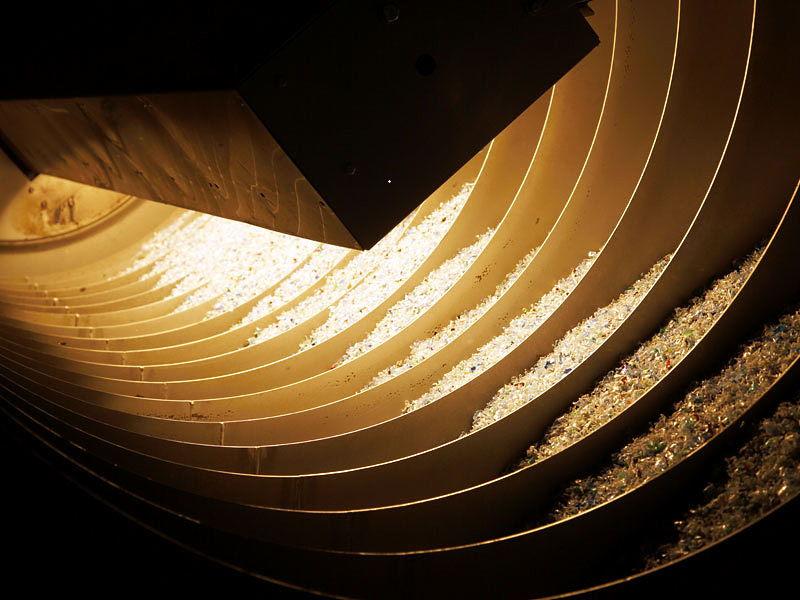
Freeze-drying
Freeze-drying process is based on the water sublimation effect in a low temperature and low pressure environment. It is often recommended for the drying of temperature sensitive food products, as it preserve most of the organolpetic properties.
On the other hand, freeze-drying is relatively slow and expensive technology, and is mainly a batch process as it works at low pressure.
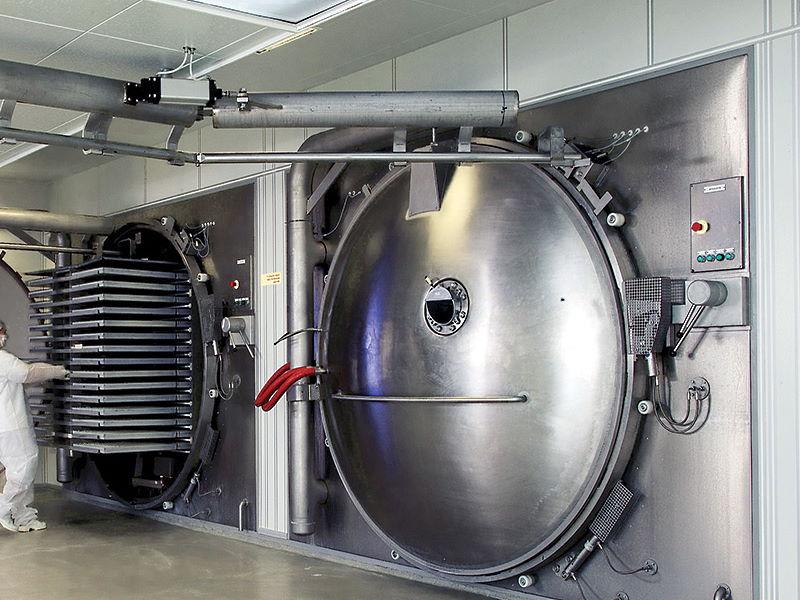
Fluidized bed drying
This technology consists of mixing air and solid particles so that the whole behaves like a fluid. It is mainly used to dry seeds or grainy materials. This drying method is most of the time really quick.
On the other hand, the treated product is subjected to a high temperature which can denature it.
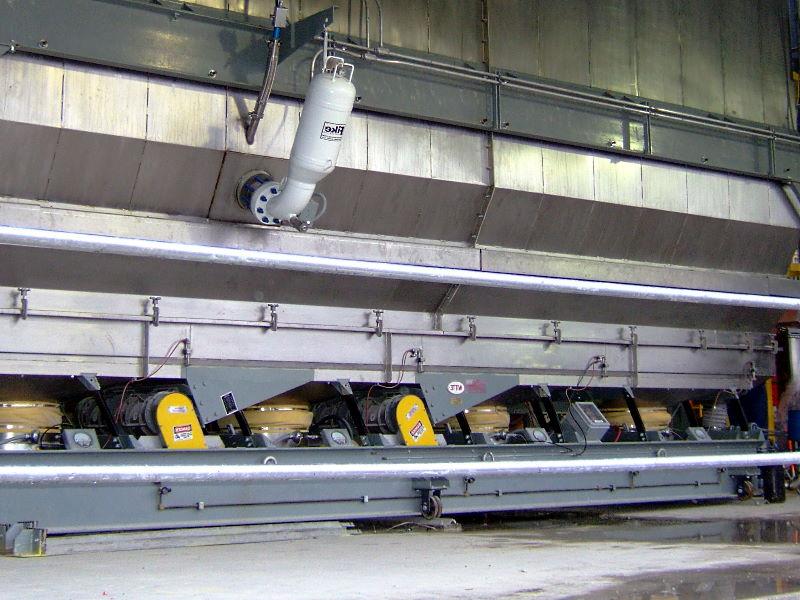
Dielectric drying
Last but not least, the drying by microwave and radio frequency is based on the dielectric drying technology. By heating the entire volume of the product simultaneously, it is particularly recommended in applications where homogeneous and gentle drying is required.
This solution is the most adapted for drying heat-sensitive products in the food, industrial and medical field, to preserve all of their properties.
Contact us
Need help to find the best solution ?
Our free microwave and radio-frequency guide for food applications will help you to better understand these technologies, and find the solution the most adapted to your needs.